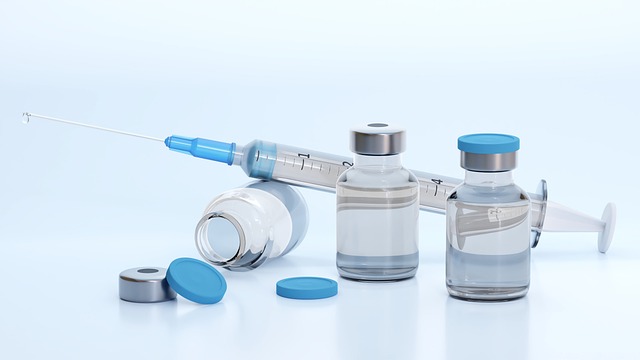Osteoporosis progresses silently, gradually weakening bones and often going unnoticed until a severe fracture occurs. It mostly affects older individuals, particularly women, and results in millions of fractures globally every year. Existing pharmaceuticals typically take months to begin to work, and they affect the entire skeleton rather than just the affected areas. However, a new French company, Flowbone, has developed an injectable hydrogel that can rapidly strengthen specific bones. This can provide patients with quicker and more targeted treatments than previously available.
The Problems with Existing Osteoporosis Treatments

For many years, treatments for osteoporosis have typically focused on systemic medications that either stimulate bone formation or slow down bone loss. While they do often work, they can take up to a year to increase bone density to any significant degree. This is far too long for older patients who are at risk of falling or fracturing bones. “In the absence of effective preventive measures, around 40% of women aged 50 and over will suffer at least one major osteoporotic fracture; in men, the percentage is around 20%,” said the head of the Laboratory of Biomechanical Orthopedics at EPFL, Dominique Pioletti. These injuries end up being rather serious, with a 20% mortality rate in the year following fractures near the hip or femoral neck.
The New Injectable Hydrogel

The EPFL team has now developed an injectable hydrogel to address the need for a quicker solution. The hydrogel is composed of hyaluronic acid and hydroxyapatite nanoparticles. It can be injected into weakened areas directly, acting like a scaffold to support the growth of new bone and increase bone density. Preclinical mouse models have already shown great results, with a two-to-threefold increase in only two weeks. The best part about this hydrogel is that it is so readily accepted and compatible with the body, integrating into bone tissue without any rejection or inflammation.
Read More: There’s Now an Artificial Cartilage Gel Strong Enough to Work in Knees
Using Drug Combinations to Enhance the Effects

Furthermore, the researchers discovered that the hydrogel’s effectiveness was significantly enhanced when combined with the systemic drugs usually used for osteoporosis treatment. During the trials, they tested a combination of hydrogel with parathyroid hormone, as well as adding an anti-resorptive drug called Zoledronate directly into the hydrogel in some cases. Quite remarkably, the bone density at the site of the injection had increased by 4.8 times on only a few weeks. According to Pioletti, “Our findings suggest that injectable hydrogels with localized anti-catabolic drug delivery can complement systemic anabolic treatment, by rapidly increasing local bone density.” This combined strategy could potentially offer patients requiring immediate support a promising path forward.
The Science Behind the Hydrogel

The hydrogel is so effective due to its rather sophisticated biomimetic design. The hyaluronic acid creates a soft, hydrophilic scaffold that mimics the natural environment of bone. This enables the cells to infiltrate and start the regeneration process. The hydroxyapatite particles mimic the bone’s structural characteristics and stimulate the cells that produce bones using chemical signals. Existing bone cements are brittle and hard, whereas hydrogel is both injectable and flexible. This enables it to fill and conform to irregular and complex spaces. Studies have further shown that similar hydrogels could potentially be used for repairing cartilage and other orthopedic applications.
Read More: The Weird and Concerning Reason Human Bones Are Getting More Brittle
The Next Step For the Hydrogel

The initial phase of this study was conducted using animal models. Therefore, the next logical step is to move on to human clinical trials. Their aim is to use the hydrogel to help those at risk of fractures or who need stronger bones to support dental anchors or artificial hips. According to one of Flowbone’s researchers, Régis Gauderon, “The road to get our product approved and into the clinic is still very long. Fortunately, our motivation is strong and infallible!” If proven successful, these hydrogels could soon provide targeted treatments that work rapidly in a matter of days or weeks, instead of months or years.
Read More: Scientists Develop Gel That Self-Heals Similar to Human Skin

